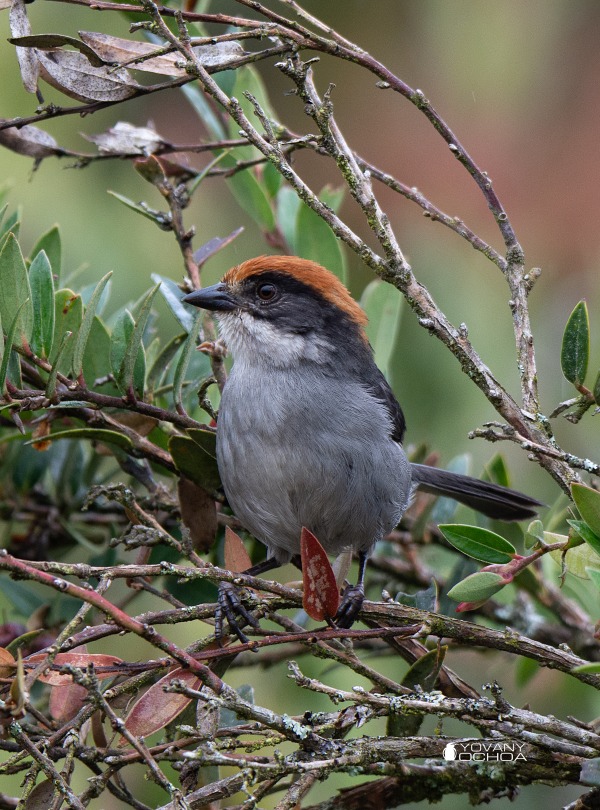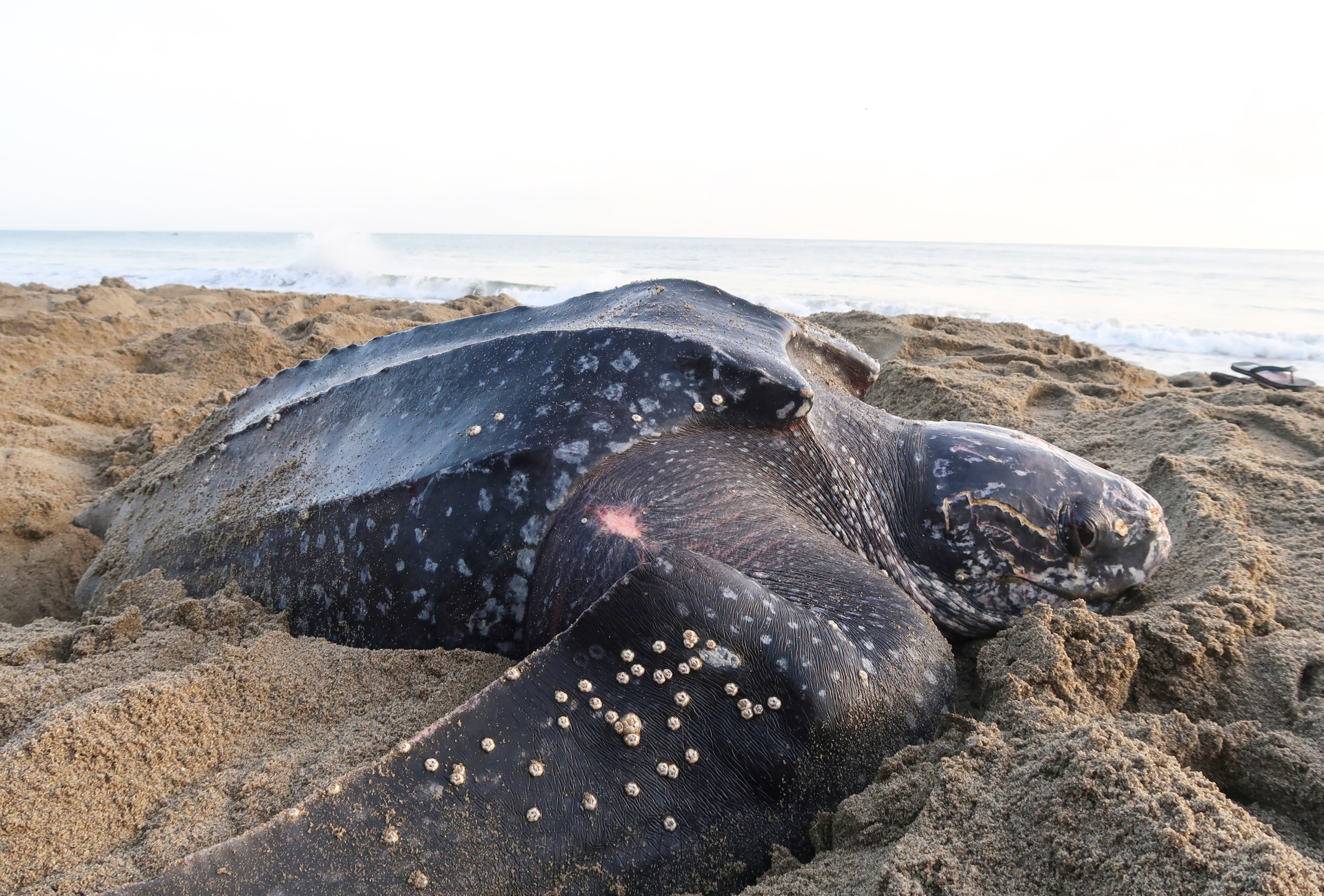
Create a Sanctuary for Sea Turtles in Colombia
Support More Work Like ThisSupport More Work Like ThisSea turtles are just one of many threatened species fighting to survive along Colombia’s Caribbean coast.
-
Species at Risk
Hawksbill Turtle (CR), Scalloped Hammerhead (CR), Elkhorn Coral (CR), Leatherback Turtle (VU)
-
Carbon stored
Not calculated for MPAs*
*(metric tons of CO2 equivalents) -
Partner
World Wide Fund for Nature-Colombia
-
105,121 Proposed Acres Conserved by
Designation
-
Project Cost: $2,203,408
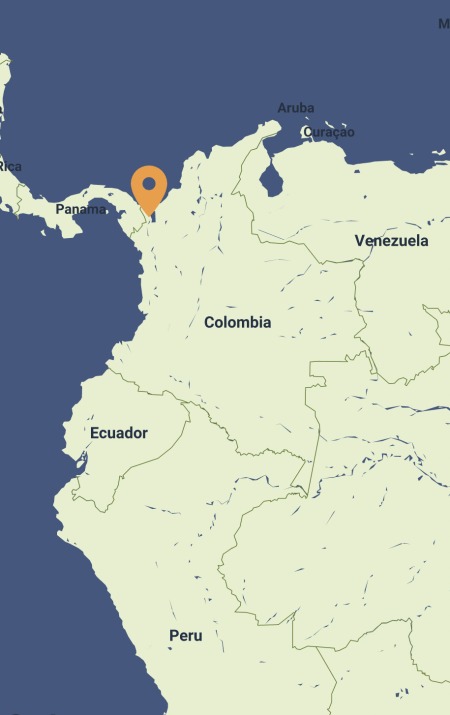
105,121
Sea turtles are just one of many threatened species fighting to survive along Colombia’s Caribbean coast.
-
Species at Risk
Hawksbill Turtle (CR), Scalloped Hammerhead (CR), Elkhorn Coral (CR), Leatherback Turtle (VU)
-
Carbon stored
Not calculated for MPAs*
*(metric tons of CO2 equivalents) -
Partner
World Wide Fund for Nature-Colombia
-
105,121 Proposed Acres Conserved by
Designation
-
Project Cost: £1,656,697

105,121
Did you know?
Eggs are laid by a Hawksbill Turtle in one nest
Every year, sea turtles return to pristine beaches on the Caribbean coast of Colombia to make their nests. Hawksbill Turtle (CR) and Leatherback Turtle (VU) hatchlings sprint to the sea to begin their life cycle.
Once these hatchlings reach the water, the risks they face multiply, due to the threats placed on this fragile ecosystem by oil and gas exploration and production, solid waste, sand extraction, unchecked tourism and unsustainable industrial fishing.
Rainforest Trust and our partner, World Wide Fund for Nature–Colombia, are working to extend the protection of the Fauna Acandí Playón y Playona Wildlife Sanctuary by 105,121 marine acres for sea turtles and other marine life.
Header photo credit: Leatherback Turtle, by William Farah
Discover Colombia’s Caribbean Coast
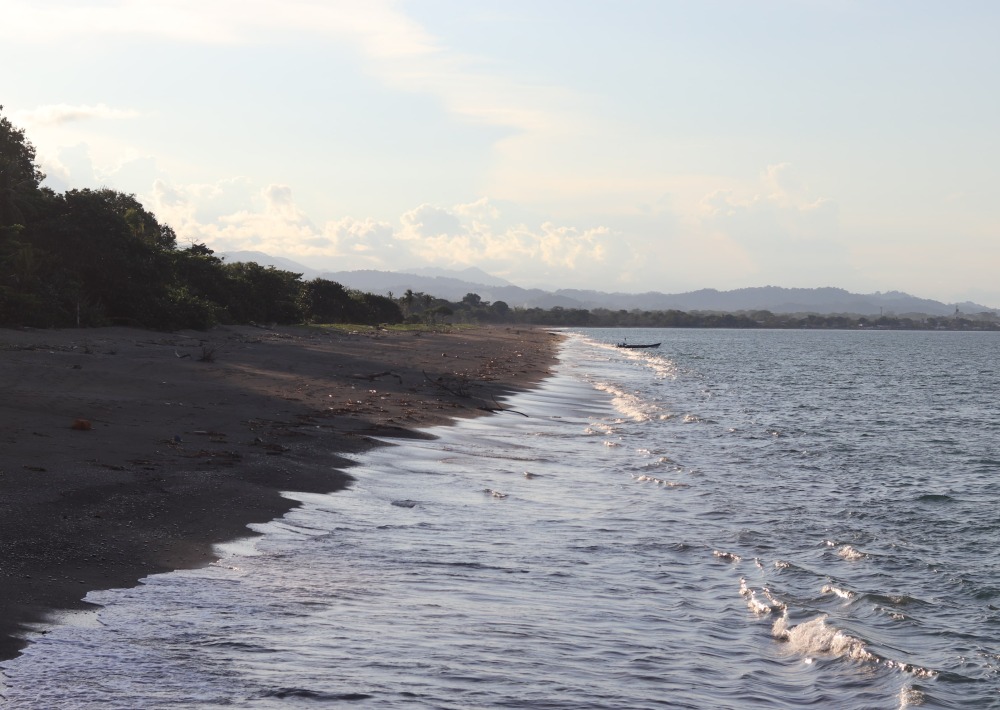
The pristine beaches of the Acandí project site, courtesy of WWF-Colombia
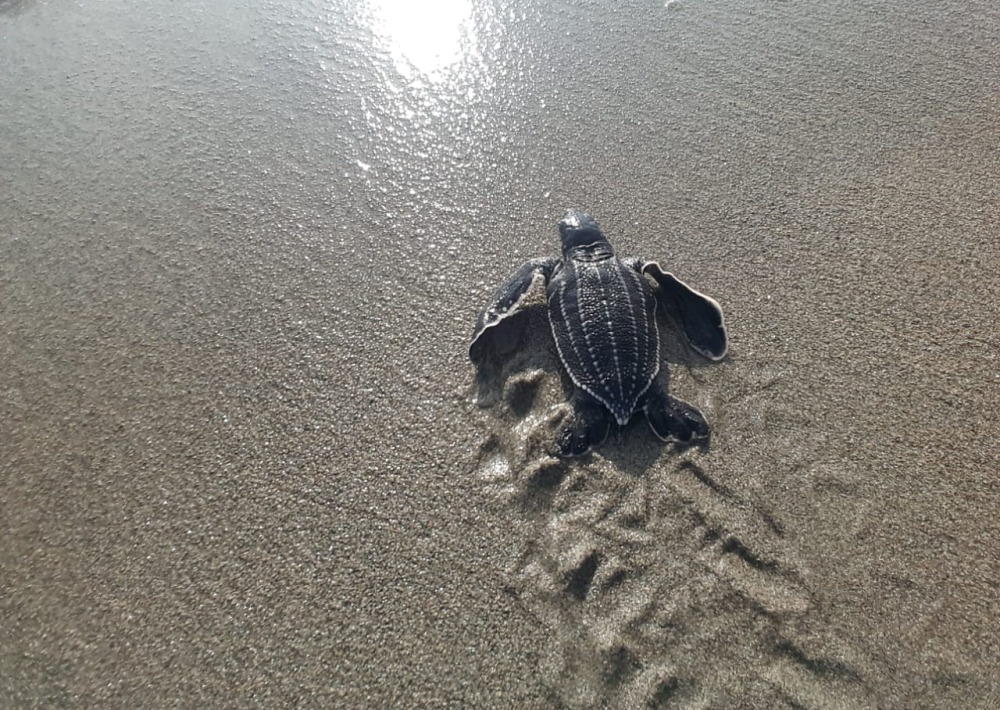
A baby Leatherback Turtle makes its way to the ocean within the Acandí project site, courtesy of WWF-Colombia

The pristine beaches of the Acandí project site, courtesy of WWF-Colombia
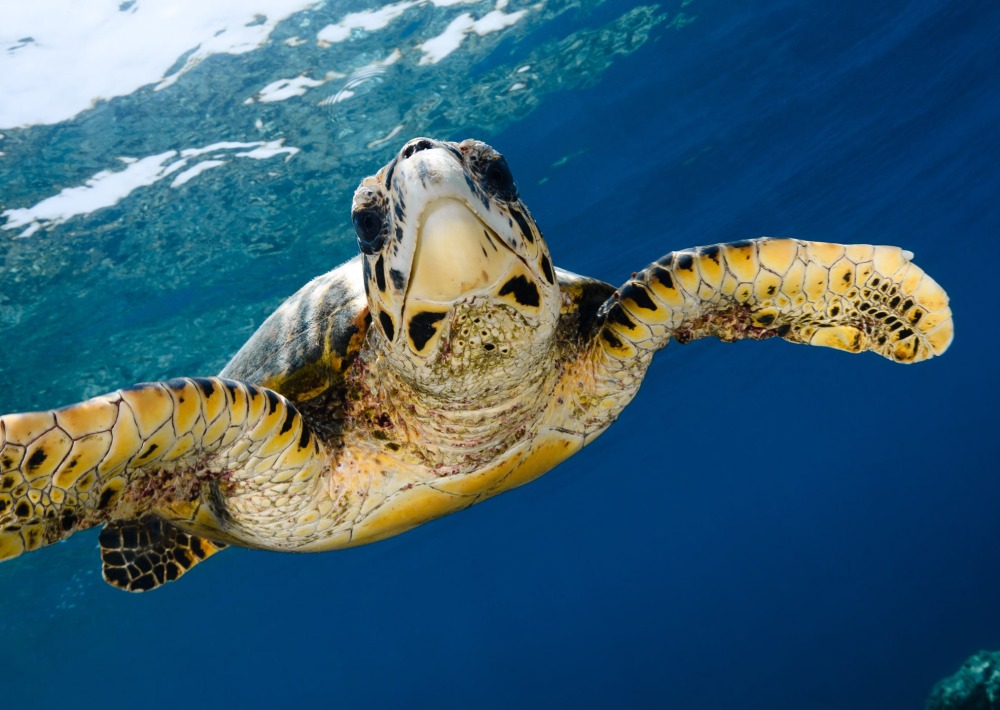
The Hawksbill Turtle. Sea turtles are killed for their eggs, shells and meat.
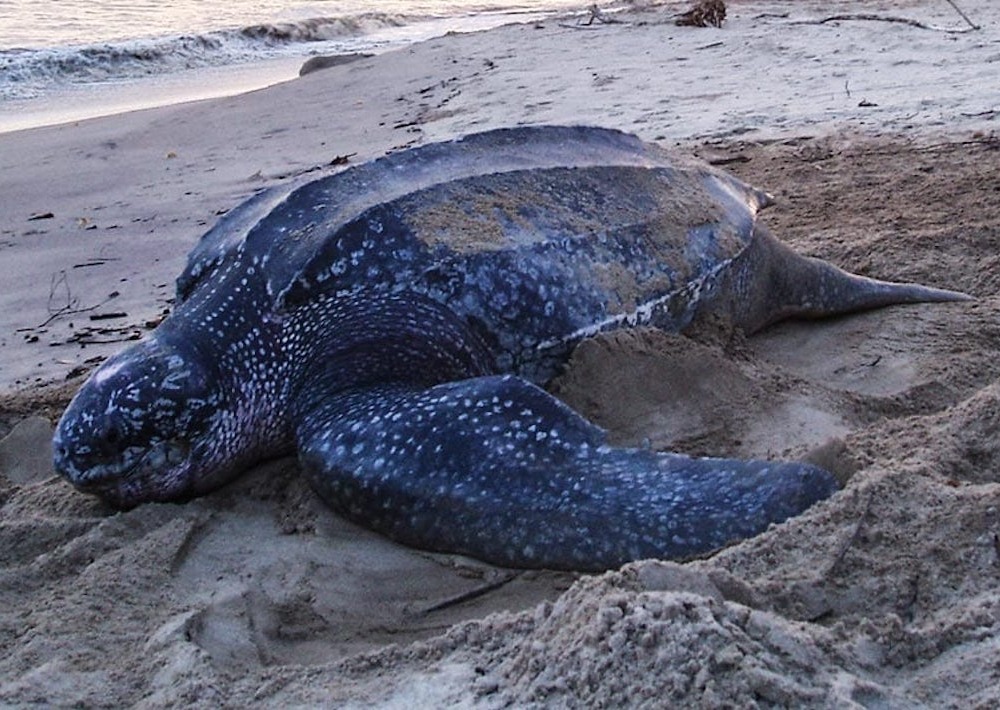
Leatherback Turtle, courtesy of Cocomasur Community Association
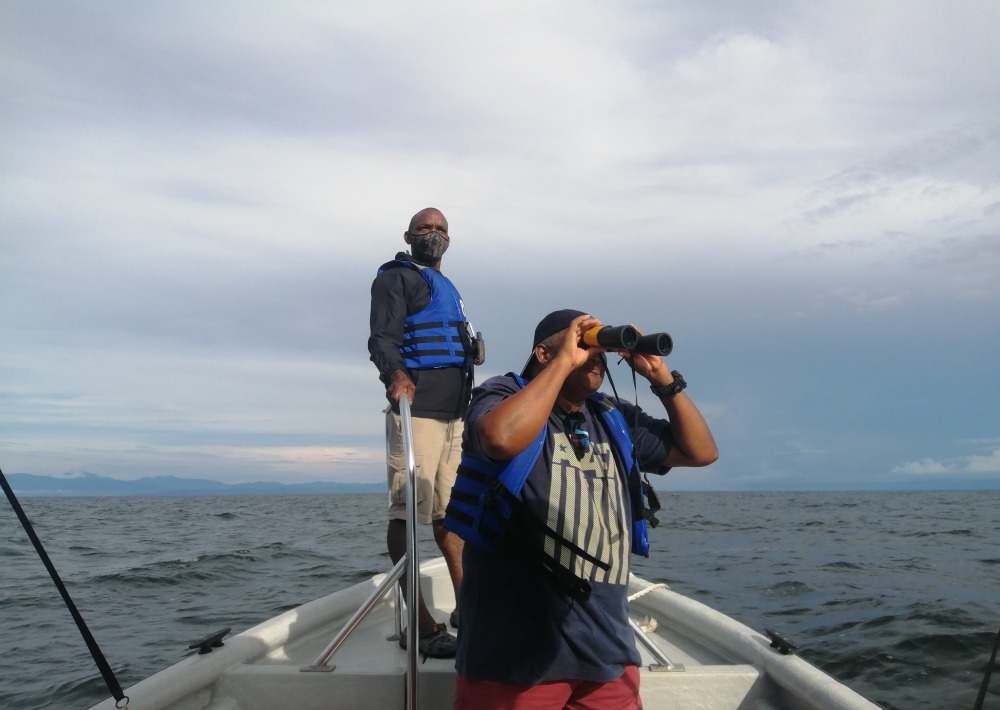
Local partners monitor the beaches of the project site, courtesy of WWF-Colombia
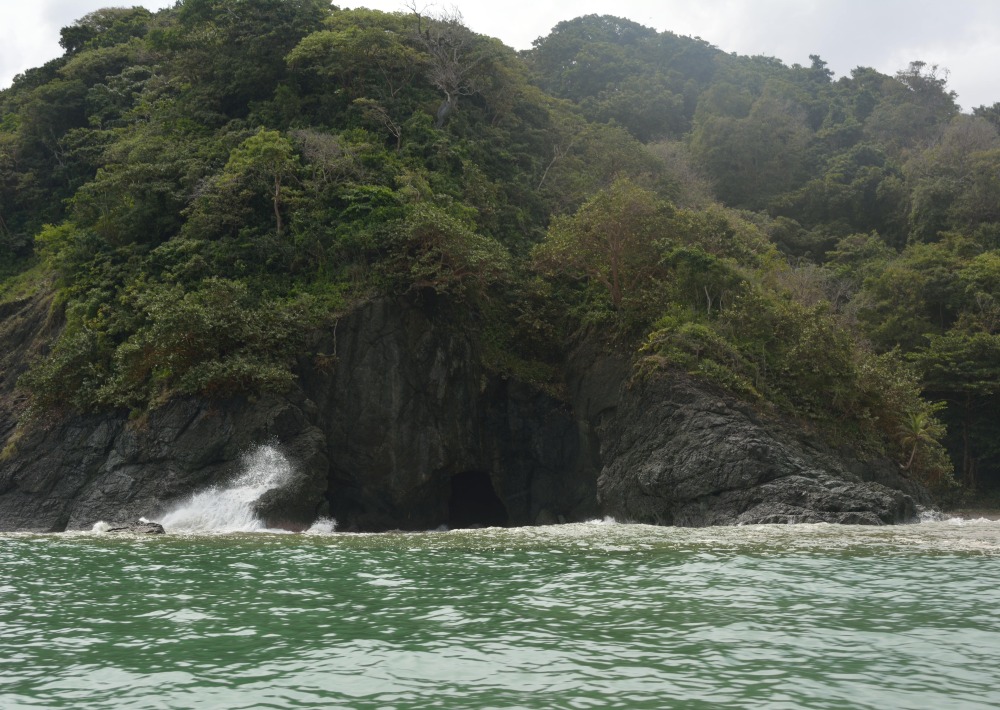
The pristine beaches of the Acandí project site, courtesy of WWF-Colombia
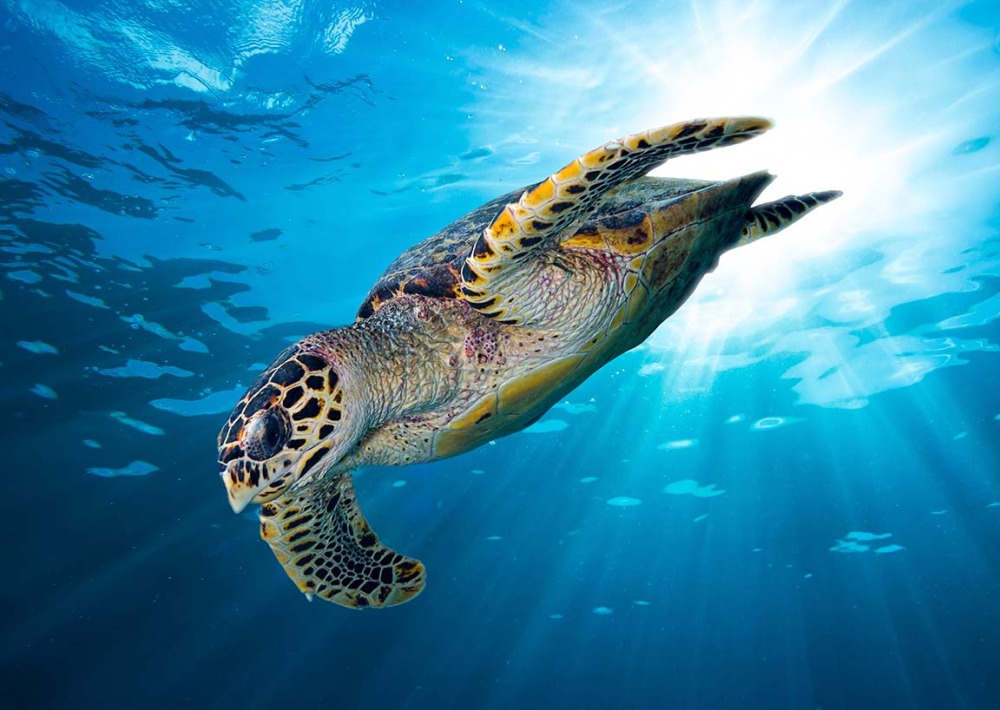
Hawksbill Turtle, by Stockphoto Graf
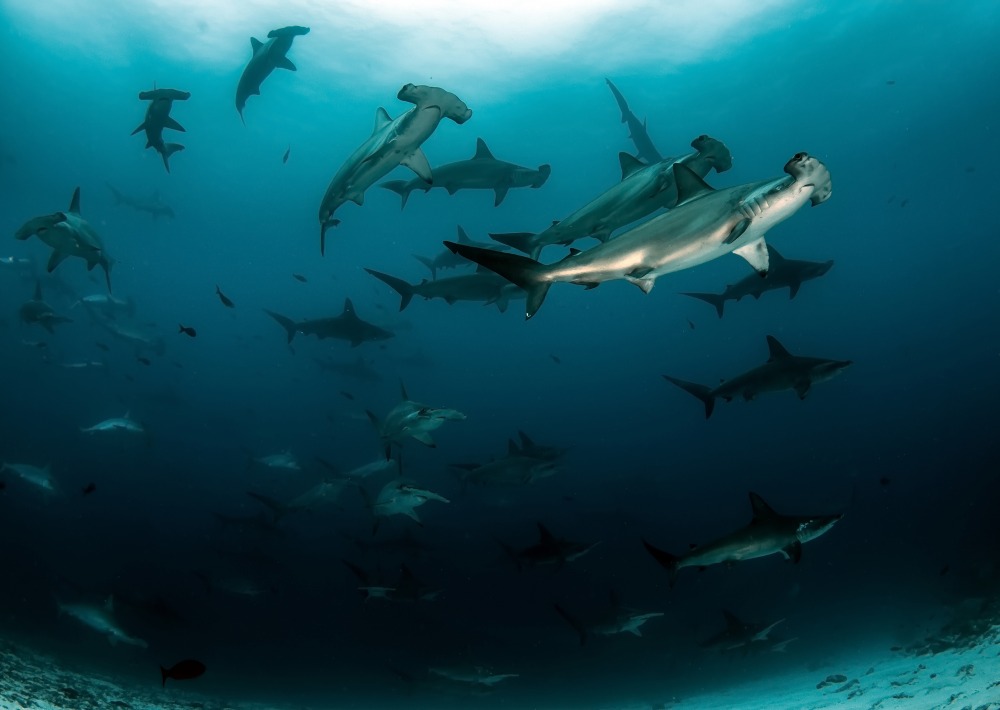
Scalloped Hammerhead Sharks, courtesy of Tomas Kotouc
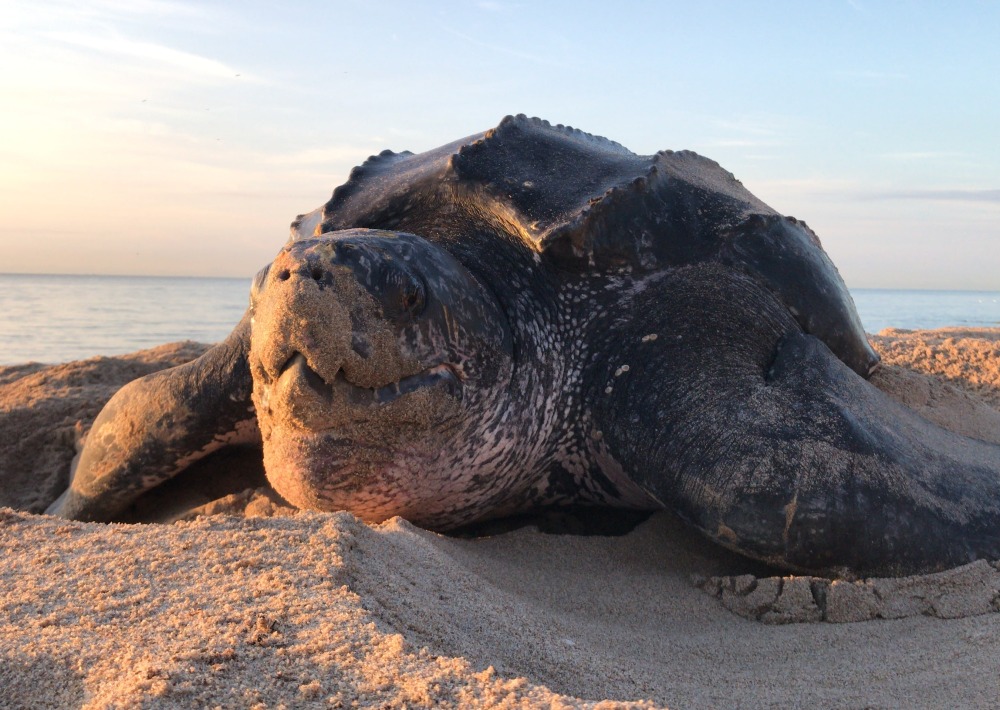
Leatherback Turtle, by Catalinaug
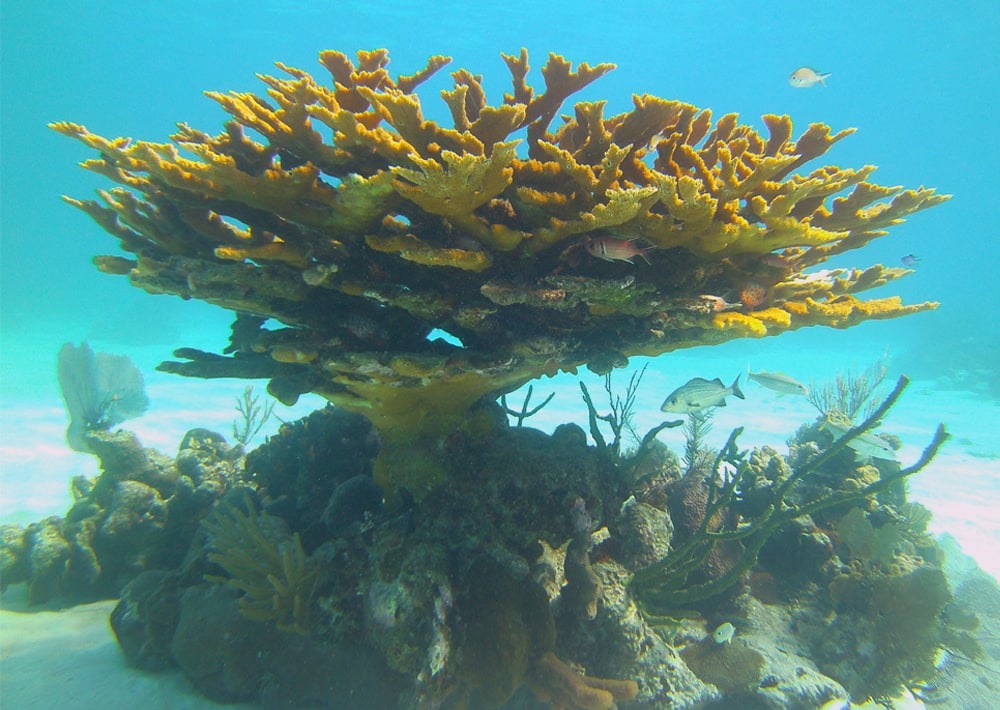
Elkhorn Coral (Acropora palmata), by Tisquesusa/Wikimedia Commons
Secure a Vital Marine Protected Area From Ridge to Reef
The muddy, sandy-silty seabed of the proposed marine sanctuary is the foundation for a rich web of life. Thriving beds of seagrass provide nutrients while capturing and storing carbon at a rate 35 times faster than rainforests.
Critically Endangered Elkhorn Coral is found in the reefs here, providing shelter for a wealth of fish and young sea turtles that are trolled by reef shark species and Scalloped Hammerheads. Unsustainable fishing practices threaten the delicate balance of life. This is one of the most unique, diverse and irreplaceable coral ecosystems in the hemisphere.
Local Communities Leading Conservation
Local residents played an important role in establishing the existing 65,055-acre Acandí Playón y Playona Wildlife Sanctuary with the National Parks administration in 2013. Now they are poised to expand protection to the only marine protected area on the Caribbean side of the isthmus of Panama from exploitation.
Solutions include forbidding industrial fishing, mining, and oil and gas extraction while supporting the local community in the development of sustainable ecotourism and artisanal fishing livelihoods.
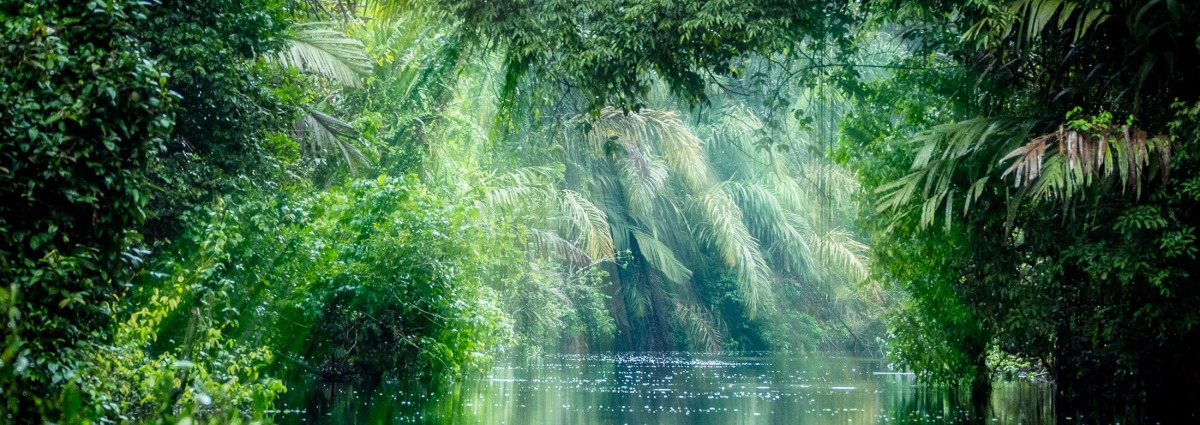
We Value Transparency.
Conservation work is critical, challenging, and can be costly. We work hard to ensure we raise only the funds needed for each project. In the rare case we raise more money than needed or a project comes in under budget, excess monies will be transferred to the Conservation Action Fund. This fund supports our important conservation work throughout the tropics.
Learn more about the Conservation Action FundLearn more about the Conservation Action Fund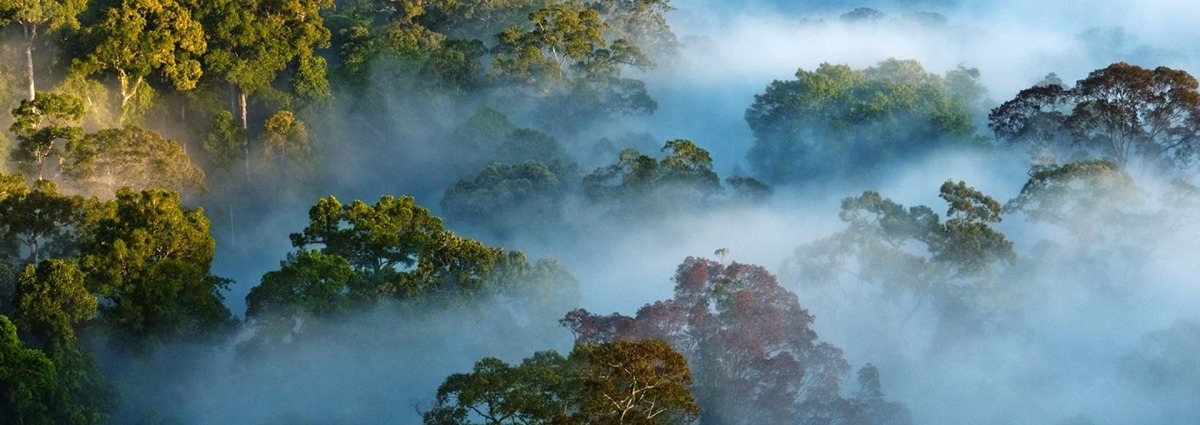

Partnering to Save Rainforest
Our partners’ ability to work with their governments and build strong connections with local communities ensures the successful implementation of our projects.
World Wide Fund for Nature - ColombiaWorld Wide Fund for Nature - Colombia
